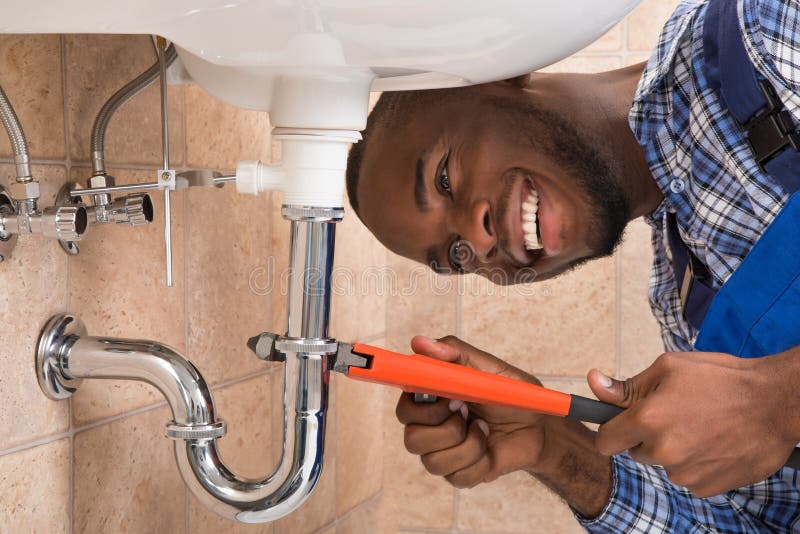High Quality Water Heater Installation Alabaster AL for Ideal Comfort
High Quality Water Heater Installation Alabaster AL for Ideal Comfort
Blog Article
A Step-by-Step Guide to Reliable Water Heater Setup for Optimal Efficiency
Embarking on the job of setting up a water heating system is a venture that requires accuracy and a methodical approach for accomplishing ideal performance. As you continue, the intricacies of attaching water supply lines and setting up dependable electrical or gas connections await, promising understandings right into guaranteeing efficiency and reliability.
Picking the Right Water Heating Unit

Next, think about the dimension and ability of the hot water heater. It's vital to evaluate your house's warm water demands, which can vary based on the variety of occupants and their use patterns. An unit that's too small might bring about not enough warm water, while an extra-large version may cause unnecessary energy usage.
Efficiency scores also play a crucial role in choice. Search for hot water heater with high Energy Variable (EF) ratings, indicating remarkable efficiency and minimized energy usage. Tankless models, though usually a lot more costly in advance, offer considerable power cost savings gradually as a result of their on-demand home heating capabilities.
Preparing the Installment Area
Prior to setting up a new water heating unit, thorough preparation of the setup area is important. It's essential to gauge the area thoroughly to accommodate the water heater's dimensions, making certain ample clearance around the unit for efficient procedure and servicing.
Following, get rid of any type of debris, dirt, or obstructions from the website to create a clean environment. Examine the flooring for stability, as the water heating unit will certainly need a strong, degree surface area to run properly. If required, set up a drip pan beneath the device to catch possible leaks or spills, avoiding water damages to the surrounding area. In regions prone to seismic activity, consider setting up seismic bands to secure the heating system strongly in position.
In addition, guarantee that all essential tools and products get on hand before commencing the installation. This consists of things such as wrenches, screwdrivers, a degree, and any type of added hardware needed for securing the heater and mounting. A well-prepared installation area sets the foundation for a successful water heating unit configuration, enhancing efficiency and safety and security.
Connecting Water Lines
When attaching water system lines to your freshly mounted hot water heater, it is essential to make certain that all connections are leak-free and protected to preserve effective procedure and avoid water damage. Begin by recognizing the warm and cool water lines. The cool water inlet is generally noted with a blue tag or a "C", while the warm water outlet is marked with a red label or an "H".
Usage versatile water heating unit find out here connectors to assist in an easier installation procedure. These adapters can take in resonance and permit minor motion, reducing the danger of leaks. Prior to attaching the connectors, put a plumber's tape around the threaded ends of the water heating system's inlet and electrical outlet pipes - Plumbing Alabaster AL. This tape works as a sealant, preventing leakages. Thoroughly attach the flexible hose pipes to the corresponding inlet and outlet, making sure that they are not over-tightened however limited, which can harm the threads.
When links are in area, slowly switch on the primary water shutoff. Check each link for leaks by aesthetically feeling and inspecting for wetness. Tighten up connections as required, and guarantee the pressure safety valve is properly installed, securing against extreme stress accumulation.
Establishing Electric or Gas Links
Effectively setting up the electrical or gas links for your water heating system is an essential step to make certain reliable and safe procedure. For electric water heating units, start by confirming that the electric circuit is compatible with the heating unit's discover here voltage and amperage needs.
For gas water heating units, security is vital. Confirm that the gas supply is off prior to proceeding. Attach the gas line to the water heater making use of a flexible gas connector, guaranteeing it is correctly threaded and sealed with pipe joint compound or Teflon tape appropriate for gas links. Tighten up the connections with a wrench, making sure not to over-tighten (Plumber Alabaster AL).
Once links are made, evaluate for any prospective leakages. For gas lines, use a soapy water solution to the joints; bubbles suggest a leakage. For electric connections, ascertain that all circuitry is protected and correctly insulated, preserving conformity with neighborhood electric codes.
Evaluating and Changing for Efficiency
With the electrical and gas connections securely in location, the next action is evaluating the functional effectiveness of your water heating unit. Begin by very carefully activating the supply of water and guaranteeing there are no leakages at any of the shutoffs or joints. When validated, proceed to fill the storage tank, taking note of the stress and temperature level settings. It is a good idea to set the thermostat discover this info here to an advised temperature level of around 120 ° F(49 ° C) to balance power performance and convenience.
Next, perform a detailed assessment to make sure the burner or gas burners are working appropriately. For electric heating units, use a multimeter to confirm if the components are attracting the ideal present. In gas models, observe the burner fire; it should be constant and blue, suggesting effective combustion.
Adjust the settings as needed to remove inadequacies. Consider applying insulation actions, such as adding a hot water heater covering, to better improve efficiency by decreasing warm loss. Furthermore, inspect the anode rod's condition, as a shabby pole can reduce efficiency and bring about container rust.
Final Thought
Reliable water heater installment is vital for making certain ideal efficiency and energy savings. By picking the ideal kind and size, and diligently preparing the setup location, a structure for success is developed. Securely linking supply of water lines and meticulously establishing electrical or gas connections reduce potential issues. Complete testing for leakages and accurate thermostat modifications to 120 ° F boost dependability and efficiency. Sticking to these steps advertises long-term capability and energy preservation in residential water heater.

Properly setting up the electric or gas connections for your water heater is an important action to ensure reliable and risk-free operation. For electrical water heating units, begin by validating that the electrical circuit is suitable with the heating system's voltage and amperage demands. Attach the gas line to the water heater utilizing a versatile gas connector, guaranteeing it is correctly threaded and secured with pipeline joint substance or Teflon tape ideal for gas connections.
Report this page